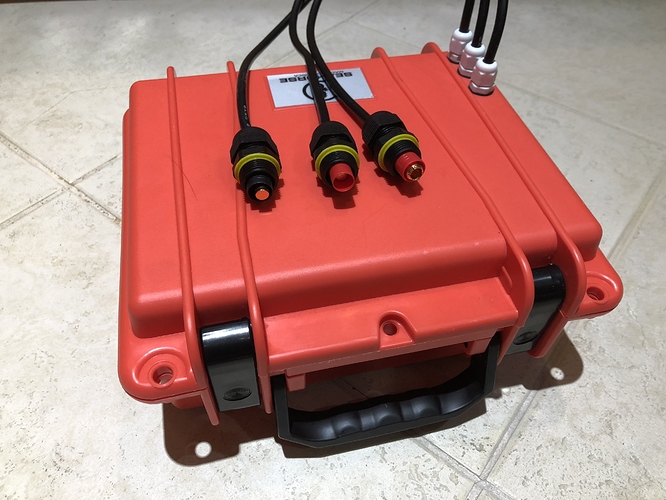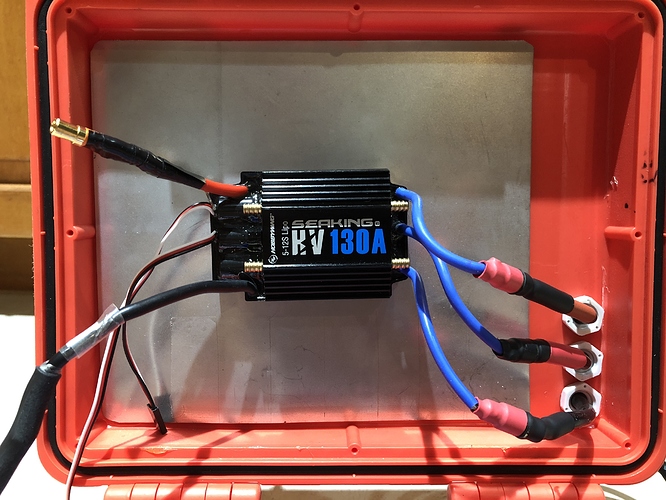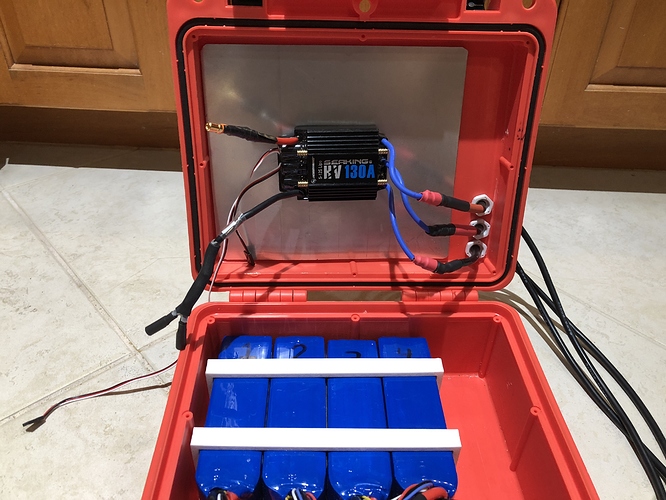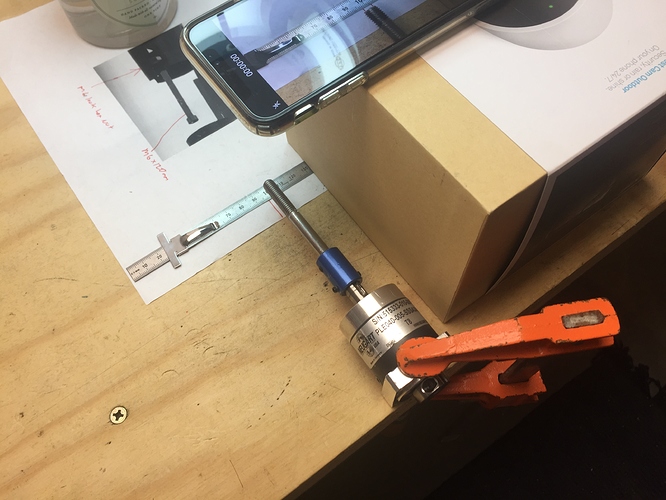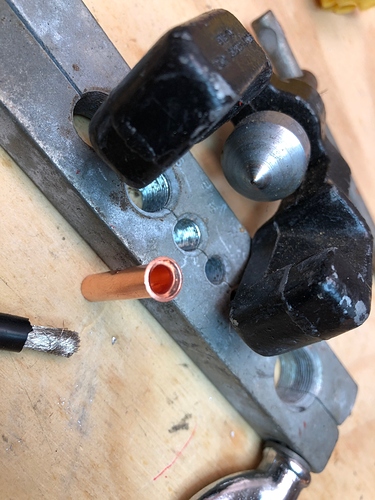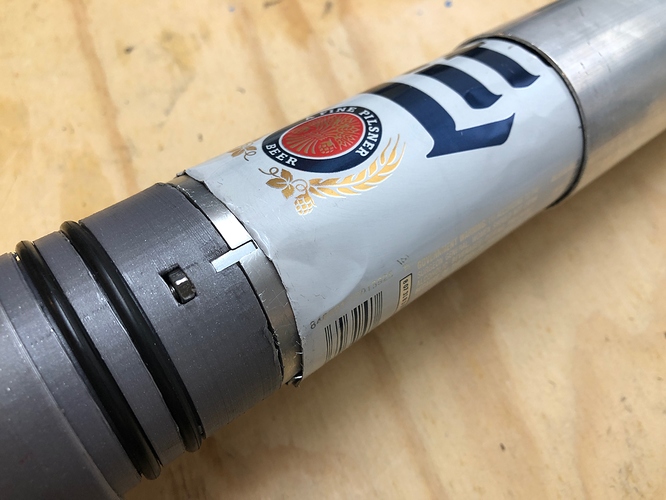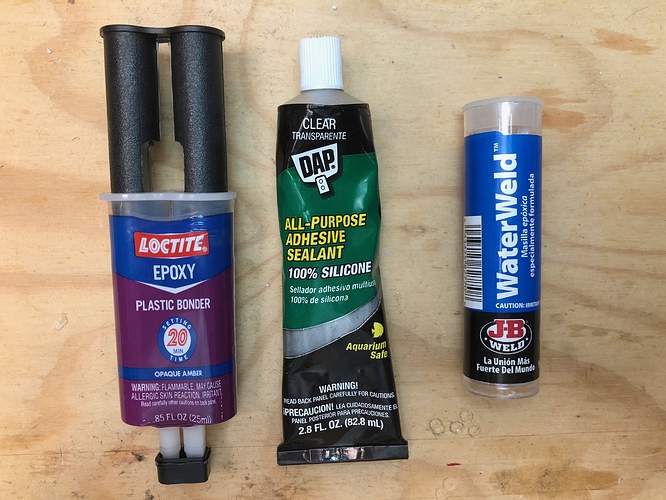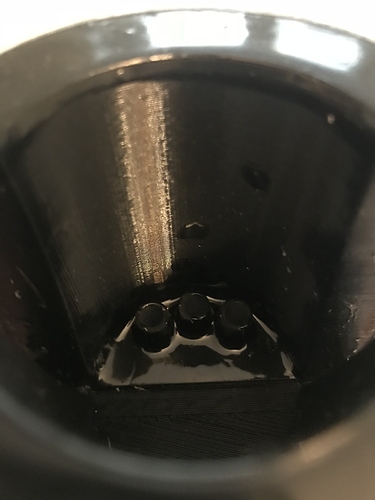The weight of the SSS motor + Neugart gearbox is a little alarming when you first slide it in the tube and hang it off the back of the mast. All the weight is only supported from one end, putting a lot of stress on the mast clamp. It appears that some address this problem by resting the prop duct on the rear foil. I wondered if that impacts the lift efficiency so opted to design/print a bracket that snugly slides over the tube and mounts to the foil frame. CAD file and details available HERE if anyone wants it. Fits the PM spec’d tube.
nice , don"t forget it weighs less in water
But spends 99.9% of its life out of water 
I would see that bracket differently in order not to weaken the fuselage and to make it re positionable.
Right setup: the tube part does not need to be totally circular. 3/4 of a turn or 210 degrees should be enough.
To be as flush as possible, I would give half of a NACA airfoil section to each surface (thicker on the leading edge towards the foil mast).
Can be hinged at the bottom.
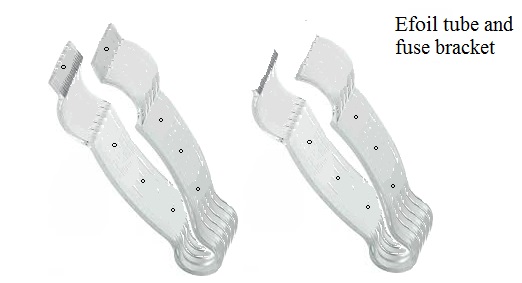
Interesting idea. More disturbance to the water flow as it approaches the prop (if that matters) but saves drilling two screw holes in the foil fuselage.
This is my box for initial testing. It will be strapped to the tail of the board. It holds four 5S 5000mAh batteries running at ~42 volts (2 series x 2 parallel) plus my esc mounted to a metal plate for heat dispersion which in turn is held in place by magnets. The whole thing connects to the motor wires via the plugs described HERE.
I know how critical prop shaft alignment is when using a coupler from the many posts of others that had leaks due to a wobbling shaft. So how best to do it? When the prop shaft is mounted to the gearbox with a coupler and powered by the motor it spins too fast to see exactly in which direction to make any adjustments. So it must be done with the gearbox disconnected from the motor and turned by hand. Recording this on a smart phone with a couple of reference lines and a mark on the shaft makes the whole process even easier. Then it’s just a matter of fiddling with the set screws until she spins true. Set-up photo and resulting video below.
I’m not sure if this is enough to make sure there is no wobble in the end of the shaft because it still depends on the position of the bearing when everything is assembled, so it also depends on the roundness of the tube and accuracy of the part holding the bearing. My idea on checking if the shaft is running true is to put gear and shaft into the tube and attach a 8mm shaft that sticks out of the tube on the motor side. I would then move the shaft by hand and check the shaft on the propeller side with a dial indicator gauge. The question is what is acceptable? ±0.05mm? The shaft itself also has tolerances on how straight it is, should be quit good though, something like ±0.01mm/10cm or better. Has anyone measured concentricity of the shaft?
I think it all starts with having a shaft coupler and shaft extension that are spinning true and perfectly aligned with the gear shaft. And then – yes – the sealmount bearing must be properly positioned to accept that shaft. But is is far easier to make adjustments to the coupler while the sealmount is not in place.
Interesting technical paper on the best way to waterproof 3d printed parts. The chart below shows how much pressure each ABS printed part was able to withstand in kPa and psi based on the application technique and the treatment product used. For example two brushed-on coats of Minwax polyurethane was able to withstand 20 psi.
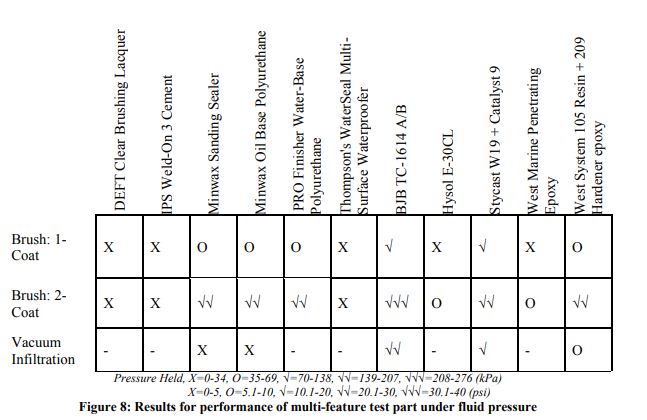
Getting an 8 gauge wire to go into these 8 gauge copper crimp butt connectors is no easy task. Inevitably some of the wire strands get pushed outside. I have found using a flaring tool beforehand makes the task far easier. A slight flare at each end makes the wires funnel into place perfectly.
Those of us undertaking the PacificMeister build have to contend with the tiny gap between the motor and the very slightly larger outer tube housing into which the motor slides. These walls need to touch to keep the motor running as cool as possible. Rather than relying solely on heat paste to fill this gap I have found that the metal from a Miller Lite beer bottle fits just about perfectly. Be super careful cutting the bottle as the metal is extremely sharp. I may still use a thin coating of heat paste to ensure a really tight fit.
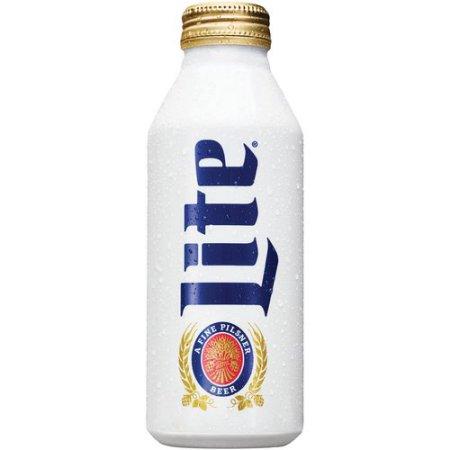
Another good alternative is 0.3mm silicone heat pads to transfer the heat.
Isn’t that an insulator?
Electrically yes, but they are designed to transfer heat between chips and heatsinks, much like thermal paste.
Nice love the use of material! We did something similiar, but used aluminium tape instead.
I have tested several substances to seal the wires as they pass through the rear mast clamp. This is a critical step because it’s the only thing keeping water out of the “engine room.” After the substance dries there will be a fair amount of flex on the wires (and the surrounding filler) as the clamp is pressed into position so it cannot crack or peel under stress. So far I like the silicone best since it adheres well and also flexes without failing.
Here’s what the silicone looks like on a test piece: https://youtu.be/GnUwgPrngyE
Any other suggestions are welcome!
I userd marine silicone from Bostik. What I also do is to epoxy a 15mm carbon pipe for each cable. The carbon pipe has a very tight fit to the cable.
Among the nice things of this solution:
- excellent thermal conduction
- cheap, cut with scissors, not sharp
- easily available in the local DiY shops (insulation)
- you can tune the fit depending on the number of tape layers, a tapered fit with a step cut…

- durable but not permanent if need be
- …
The glue is supposed to be temperature resistant (150 to 300 deg C) but the glue water resistance status is not guaranteed so if 2 stuck pieces can stay for a few hours in a water glass (fresh and salt) it’s even better.
I considered metal tape but was concerned the adhesive might provide some level of insulation.

